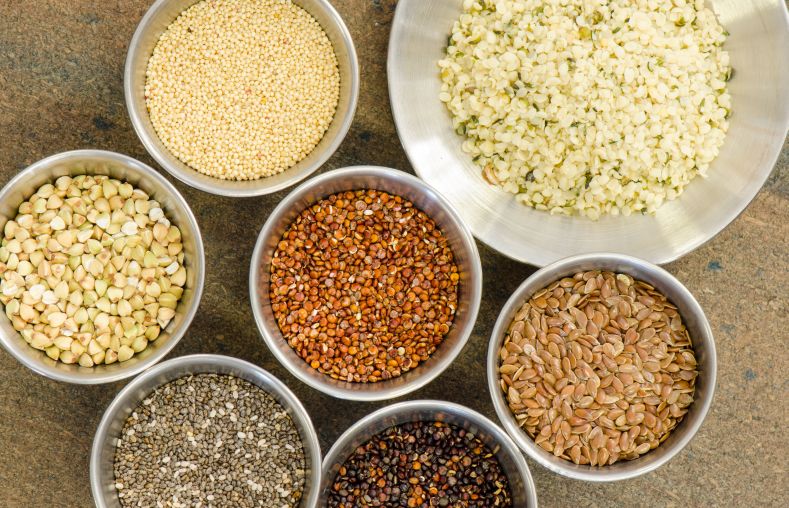The latest report from the UN’s Food Agriculture Organization (FAO) Food Price Index revealed global food commodity prices jumped 17.2 percent, higher than its level in the corresponding month last year and at its highest value since February 2015. With the exception of vegetable oils, the indices of all other commodities used in the calculation of the index increased in February, especially of cereals.

The latest report from the UN’s Food Agriculture Organization (FAO) Food Price Index revealed global food commodity prices inched up in February, averaging 175.5 points, up 0.9 points (0.5 percent) from a slightly revised January value. At this level, the index is about 26 points, or 17.2 percent, higher than its level in the corresponding month last year and at its highest value since February 2015. With the exception of vegetable oils, the indices of all other commodities used in the calculation of the index increased in February, especially of cereals.
The Cereal Price Index averaged 150.6 points in February, up 3.7 points (2.5 percent) from January. At this level, the index stands at its highest level since June 2016, but only slightly (around 1.6 percent) above its value one year ago. Wheat quotations gained 3 percent on stronger pace in trade activities, combined with logistical issues in the U.S. ports. The increase in maize values was less significant, but strong demand kept prices firm. International rice prices firmed for the third successive month, mostly reflecting currency movements and expectations of stronger Basmati sales.
The Vegetable Oil Price Index averaged 178.7 points in February, down 7.6 points (4.1 percent) from January, marking the first month-on-month decline since October 2016. The index is, however, still up 28 points, or 19 percent, from last year. The drop in prices in February mainly reflects developments in the palm and soy oil markets. While prospective production increases in Southeast Asia and slowing global import demand put downward pressure on palm oil prices, soy quotations eased on account of higher crop forecasts in Brazil and Argentina as well as ample soy oil supplies in Argentina and the United States—following subdued demand from biodiesel producers.
The Dairy Price Index averaged 194.2 points in February, up slightly from the previous month and reaching its highest level since August 2014. At this level, it is 52 points, or 37 percent, higher than the corresponding period last year. While dairy markets are awaiting the emerging trend for export availabilities from the European Union and the United States as the current dairy year unfolds, supplies to the international market continue to be adequate considering the level of demand. Looking at the general market trends over the past 12 months, butter fat has been the dairy commodity in strongest demand, which caused butter and whole milk powder prices to increase by substantially more than those of skimmed milk powder and cheese.
The Sugar Price Index averaged 290.3 points in February, up 1.8 points (0.6 percent) from January. International prices remained sensitive to changing prospects for sugar output in the main producing countries, notably in Brazil, the world’s largest sugar producer and exporter, where protracted supply tightness continued to prevail. Expected production shortfalls in India and in Thailand, the world’s second-largest sugar exporter, also provided some support to prices. Reports of higher expected production in the EU, on expanding planted beet area, and China, limited the month-on-month gain.
The Meat Price Index averaged 160.6 points in February, up 1.7 points (1.1 percent) from January, with prices of bovine and ovine meat receiving a boost while those of poultry and pig meat were little changed. In Australia, quotations climbed as herd rebuilding reduced availability of bovine meat. Meanwhile, the ending of the seasonal slaughter peak for ovine meat in Oceania impinged on supply and triggered a price increase. Pig and poultry meat markets, however, remained well-balanced.
About the Author(s)
You May Also Like






.png?width=800&auto=webp&quality=80&disable=upscale)